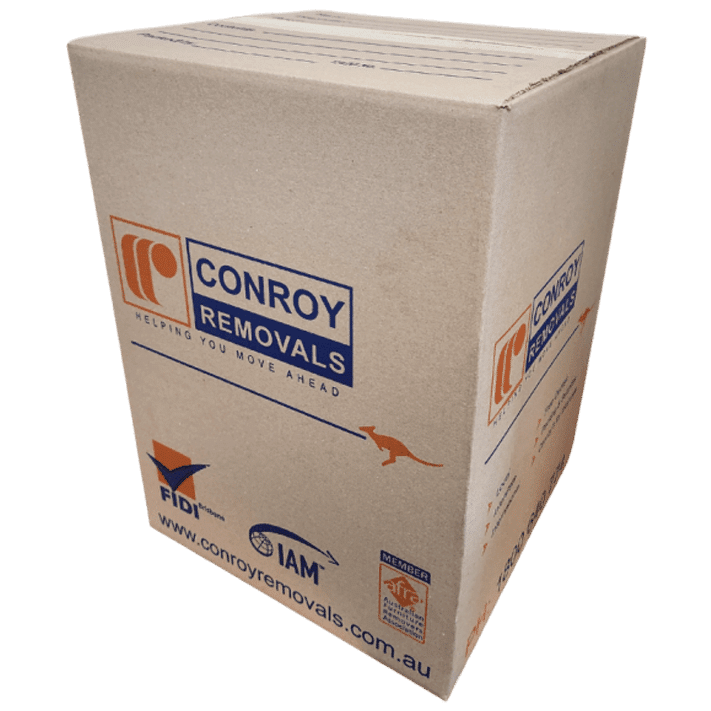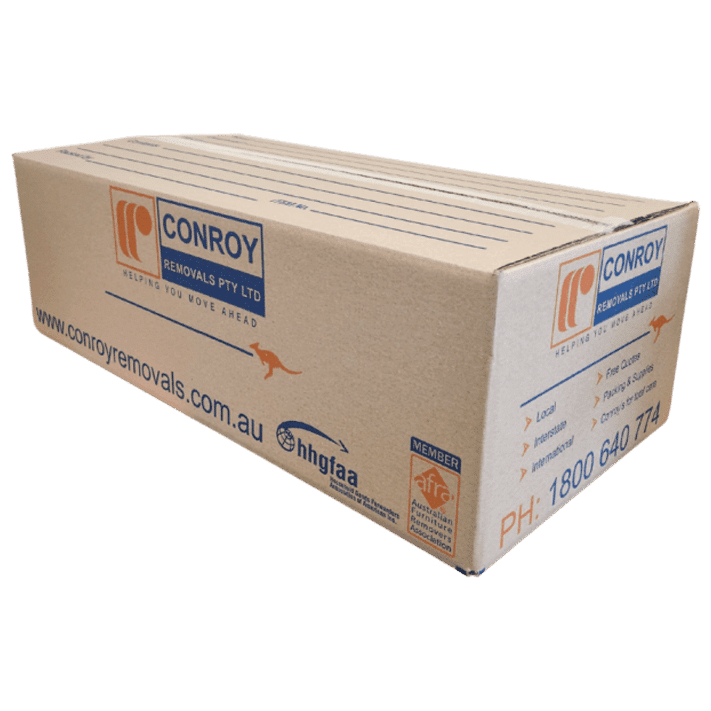DIY Packing Tips
Moving tips
If you need help with packing, we provide a careful packing service, which we will complete on the day before you move. Also, check out our moving blog for more advice, tricks and tips for packing and moving.
Boxes
Fruit, produce and food boxes
It’s best to avoid using any second-hand boxes that have been used for produce or food, as these can attract pests and cause contamination. Never use these boxes if you are moving overseas. Every country has differing border control restrictions, but any potential contamination carries the risk that you will get the box and its contents destroyed.
Too many boxes versus too few boxes
The smartest way to pack is to balance good protection without using more boxes than necessary. Moving costs are based on volume, so the more you have, the more it will cost. The fewer boxes you use saves you both money on moving costs and time spent packing.
Box size selection
Always use the right box for the contents. For ease of handling and to avoid accidents, injuries and breakages, each box shouldn’t weigh more than one person can easily lift and carry. To manage weight and load, put lighter items into big boxes and heavier items into small boxes. Use the following guidelines to help select the right boxes for your household items.

Small Box
L:41cm x W:30cm x H:44cm Application: Great for packing things like Books/Files, CDs/DVDs, Wine/Spirits, Foodstuffs, Small Tools and Shoes.

Standard Box
L:44cm x W:42cm x H:62cm Application: Great for packing things like Kitchenware, Bedding/Linen, China/Crystal, Ornaments, Small Appliances, Toys/Games and Garage Items.

Lay Flat Box
L:96cm x W:49cm x H:29cm Application: Designed for packing Laying Clothes, Bedding/Linen

Portarobe Box
L:60cm x W:48cm x H:113cm Application: Great for packing Hanging Clothes.

Picture Box
L:92cm x W:10cm x H:68cm Application: Designed for packing Pictures/Paintings/Mirrors, Small TVs.
Tips for packing
- Prepare your box before you use it. Seal the bottom centre seam and the open side seams with packing tape. Sealing the open side seams improves strength and structure. Always use packing tape, as it is strong and designed for the job.
- Avoid having loose objects in boxes, as if they can move about, it increases the risk of breakages or damage.
- Place cushioning on the bottom of the box when packing fragile items. You can use crushed packing paper or linen, which will provide impact resistance. Avoid using newsprint paper, as this leaves marks on your goods that are difficult to remove.
- Protect fragile items with paper or bubble wrap and pack them into the box so they are positioned firmly but not under pressure from other items. The aim is to minimise the chance of movement while the boxes are in the truck.
- All glassware, crockery, china and crystal are best packed standing up on their edges for maximum strength, not lying flat.
- Try to keep items from the same room in each box, as this makes packing and unpacking quicker.
- Never overload a box so it bulges and loses its shape. Boxes must be able to be stacked beside and on top of each other without damaging the contents.
- Put heavy items on the bottom of the box and lighter items on top. Always put cushioning between layers and fill air pockets and empty spaces with crumpled paper.
- Put cushioning on the top layer before closing and sealing the box.
- Seal the top centre seam and side seams with packing tape.
- Wrap and pack pictures and mirrors with paper, linen or bubble wrap and use a picture box.
- Make sure any sharp objects can’t pierce or protrude from the box.
- Label every box with the room where it belongs and what it contains.
- We advise against using plastic storage containers. They crack under pressure, are not stackable in the moving truck nor made to withstand heavy loads.